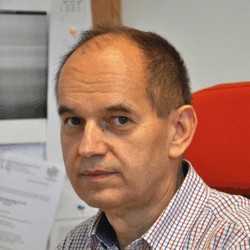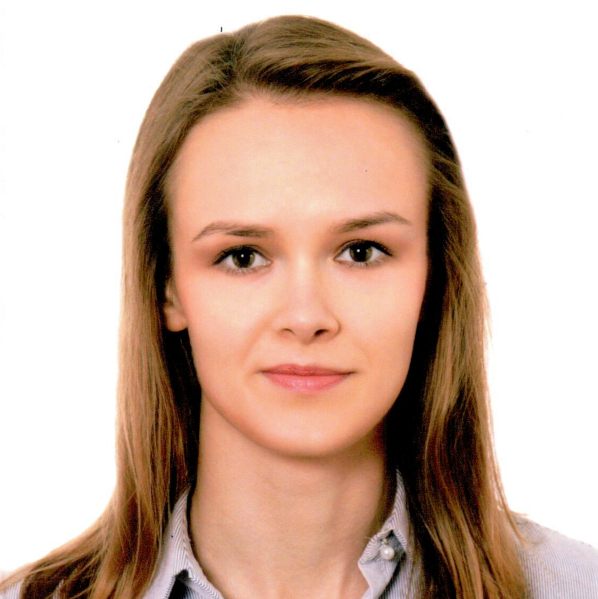Project OPUS
„Monolithic superconductor-semiconductor integration using nitride platform”
Project Description
The group III/nitride semiconductors GaN, InN, AlN constitute the most revolutionary semiconductor family since silicon. Recent progress in nitride electronic and optoelectronic devices makes GaN the new emerging semiconductor in many applications, from light emitters to high frequency transistors. On the other hand, niobium nitride is one of the most technologically important classical superconductor. It belongs to the nitride family and have been used in many applications, namely in superconducting radio-frequency circuits, squid magnetometers, Josephson junctions (JJs), single-photon detectors for quantum communications and astronomy. The NbN for these applications was evaporated by magnetron sputtering technique on different foreign substrates. Recently, it was demonstrated that it is possible combination of the epitaxial growth of the nitride semiconductors like AlN or GaN on nitride superconductors – NbN on SiC substrates. The epitaxial growth was performed by plasma assisted molecular beam epitaxy (PAMBE). The niobium nitride crystalizes in hexagonal (NbN, Nb2N) or cubic (NbN) phase. The lattice constant of wurtzite and cubic phases of NbN are very close to AlN which create possibility of high quality epitaxial growth of III-N/NbNx heterostructures for devices such as JJs flux qubits, lossless microwave resonators, AC JJs lasers and superconducting single-photon detectors. They are the building blocks of new quantum-information systems. Substantial advances in these systems would be expected if the features of semiconductors could be combined with that of superconductors on a single epitaxial platform. Therefore for future applications very interesting will be possibility of epitaxial integration of NbN superconductors with III-N semiconductors family within one PAMBE technology.
In this Project we propose to study growth of NbN on high quality GaN and AlN substrates by PAMBE. There was no reports in the literature about NbN PAMBE growth on such substrates. The growth of NbN will be performed primarily on nitrogen polarity (000-1) GaN and AlN substrates in nitrogen rich growth conditions. The key element for low dislocation NbN layers will be PAMBE growth of NbN on high miscut GaN or AlN substrates. The control of the crystal growth with atomic precision in PAMBE will allow to grow atomically flat superconductor-semiconductor interfaces. The epitaxy where we can control in atomic scale interfaces will allow to study in more detail proximity effect and Cooper pair coherence length in III-N. This will be beneficial for performance of superconducting devices. We propose also to study growth of GaNbN alloys and III-N/NbN superlattices. NbN layers and vertical Josephson junctions will be used to determine basic parameters like NbN superconducting temperature or Cooper pairs (CPs) coherence length in III-N. The possibility to inject of the CPs into InGaN quantum wells will be tested.
Project financed by the National Science Centre under the OPUS program.
Project Goal
Combining semiconductors with superconductors in one platform will open possibilities for design new electronic circuits where electrons are replaced by CPs. Vertical integration of semiconducting layers with superconductors will pave a way to new architecture of quantum computes, single photon emitters/detectors, or entangled photon emitters for quantum cryptography. It will also open a field of investigations of new physical phenomena like search for new quasi-particles like Majorana fermions.
Publications
Project is carried out from 2019 to 2022
Project resulted in the following publications:
- Dependence of InGaN Quantum Well Thickness on the Nature of Optical Transitions in LEDs By: M. Hajdel, M. Chlipała, M. Siekacz, H. Turski, P. Wolny, K. Nowakowski-Szkudlarek, A. Feduniewicz-Żmuda, C. Skierbiszewski, and G. Muziol Materials 15, 237 (2022)
- Nitride light emitting diodes for cryogenic temperatures By: M. Chlipala, H. Turski, M. Siekacz, K. Pieniak, K. Nowakowski-Szkudlarek, S. Tadeusz, C. Skierbiszewski, Opt. Express 28, 30299–30308 (2020)
Research Team
Research team of the project


